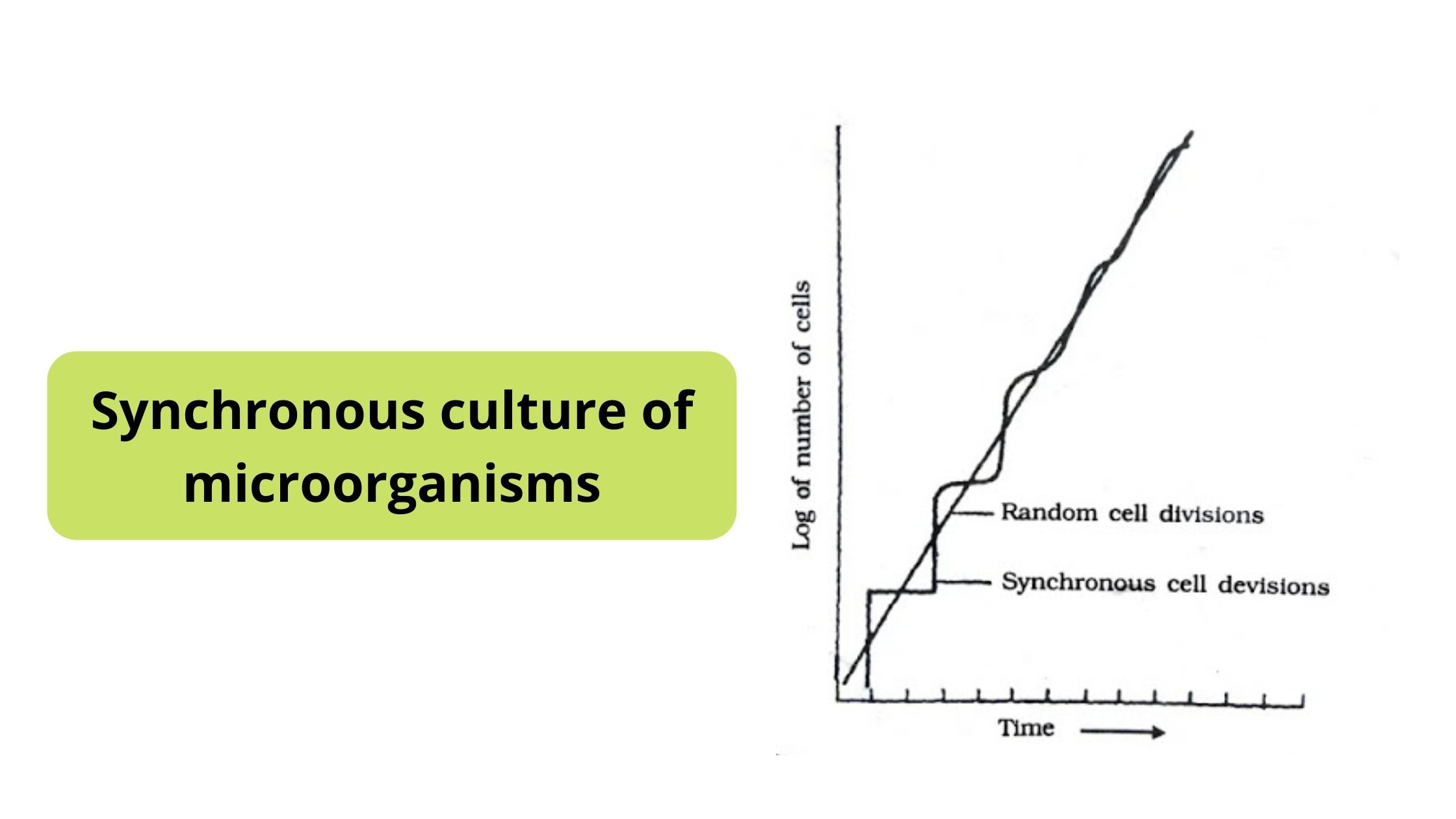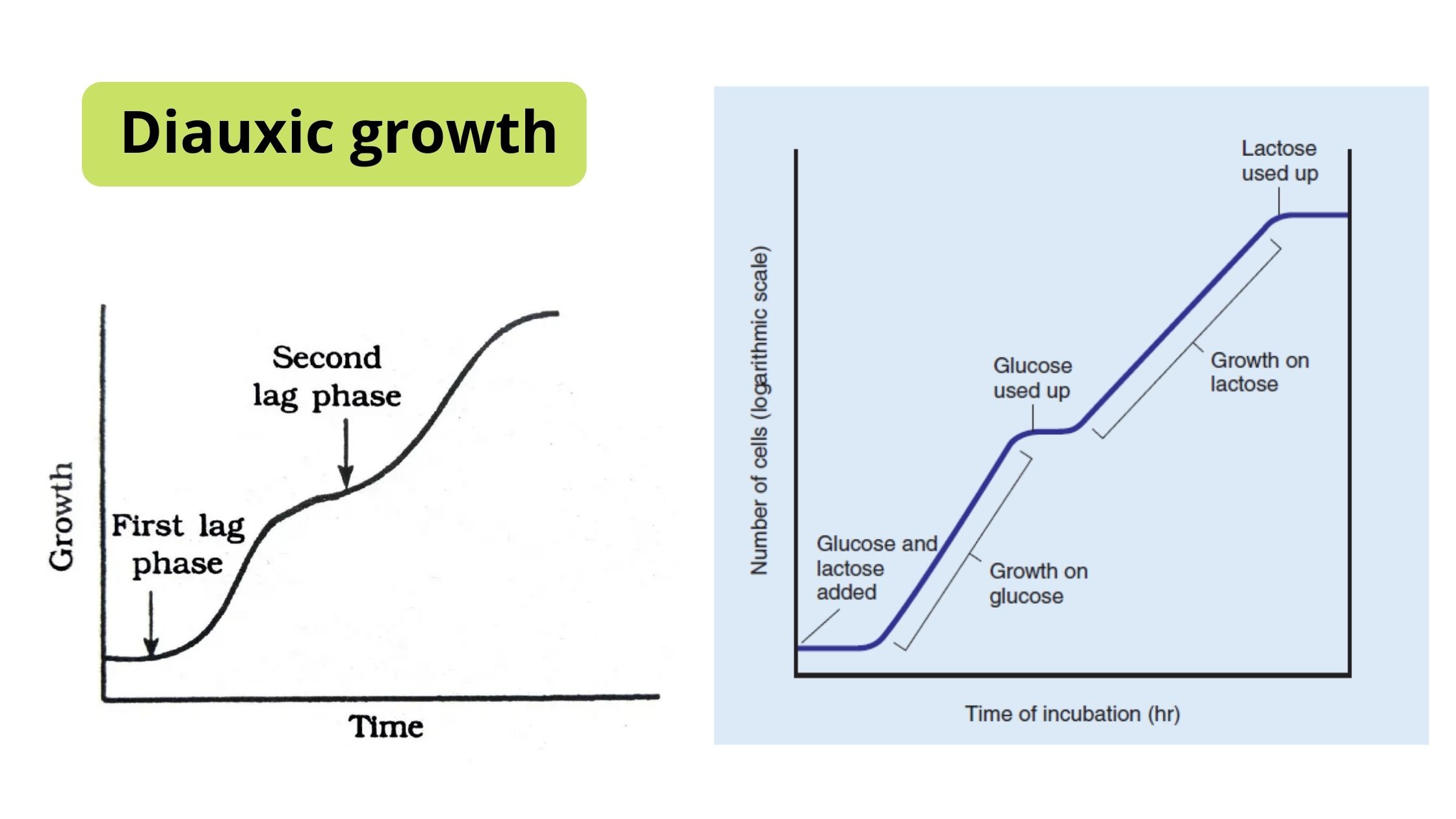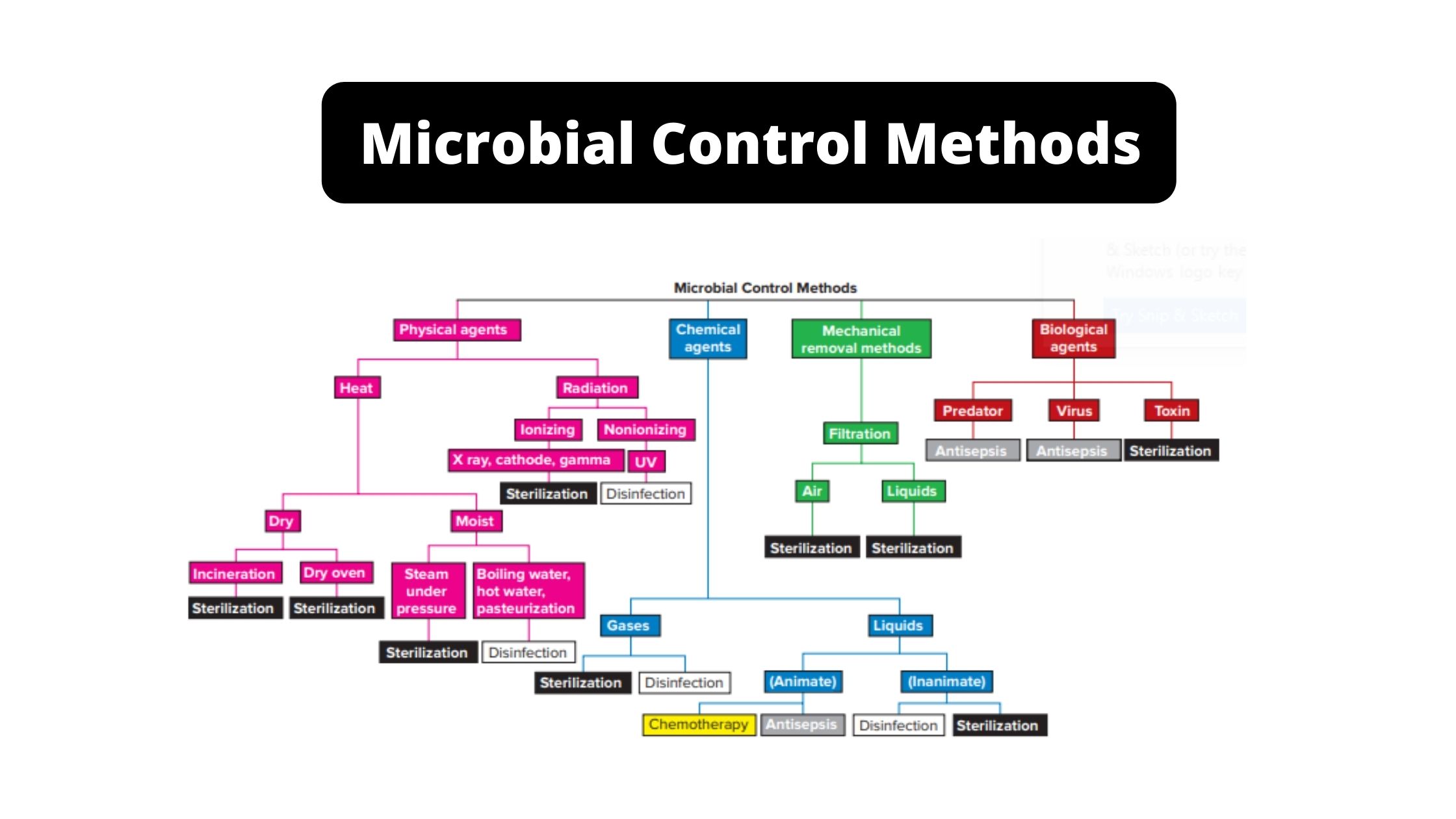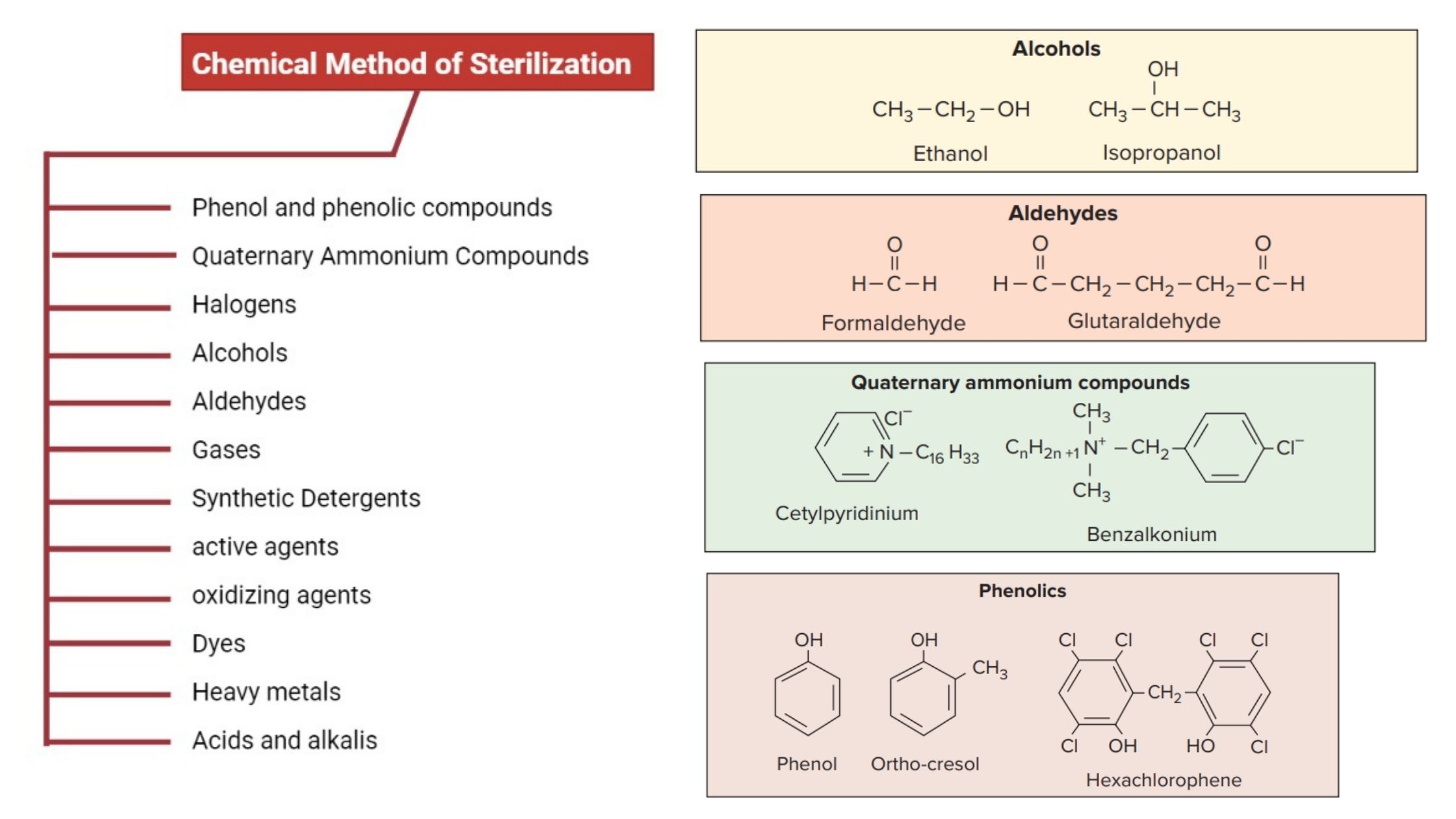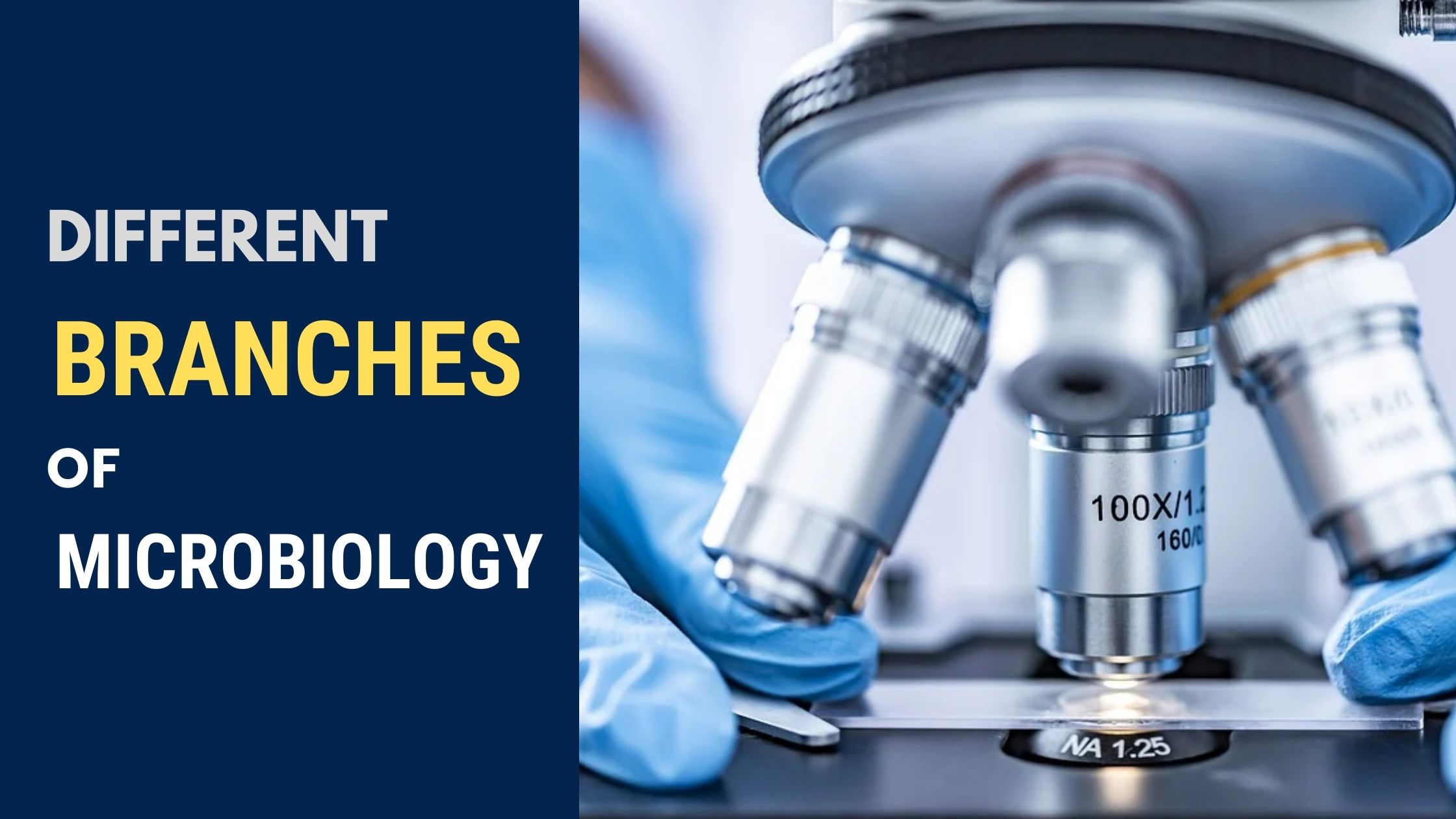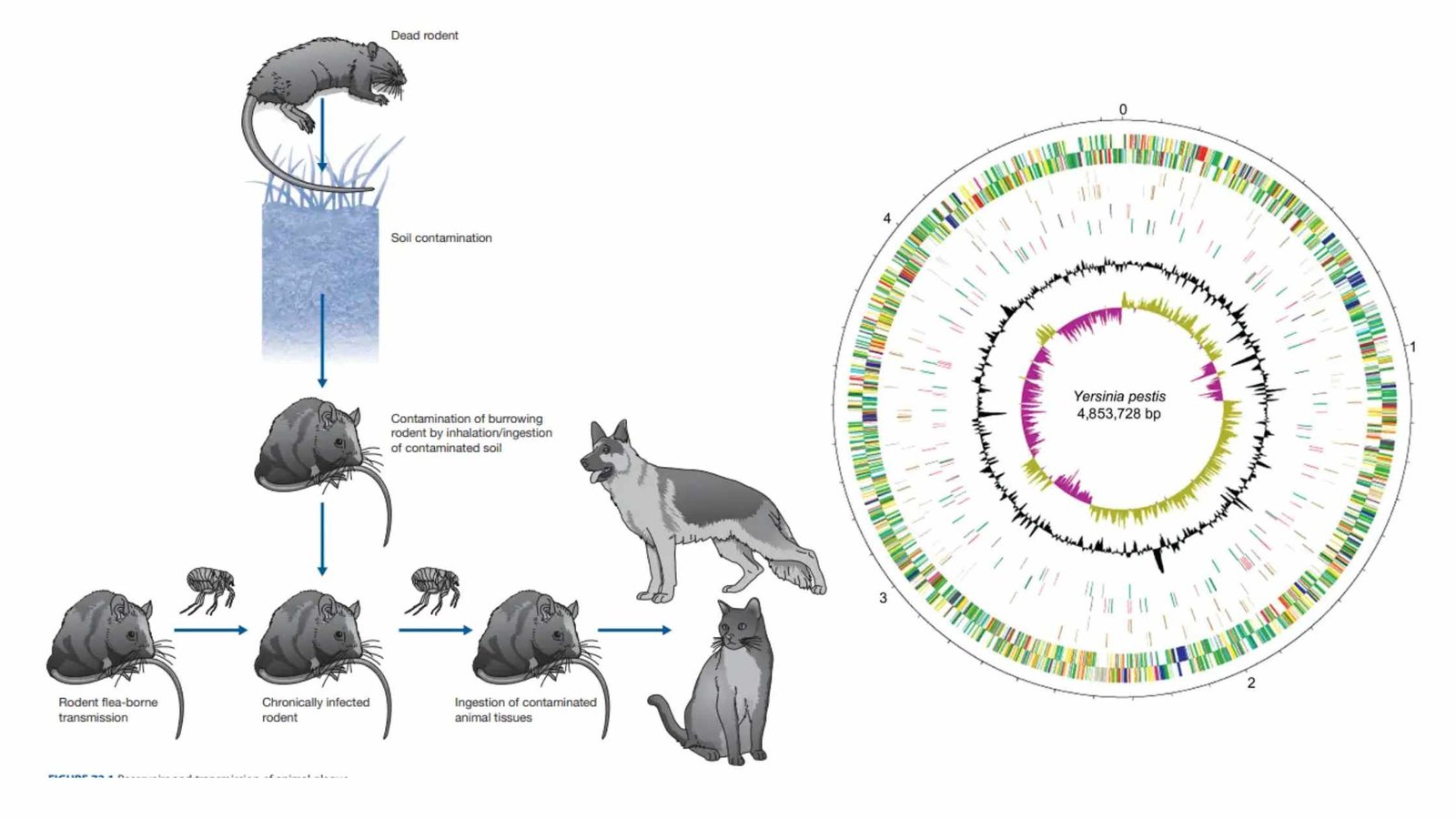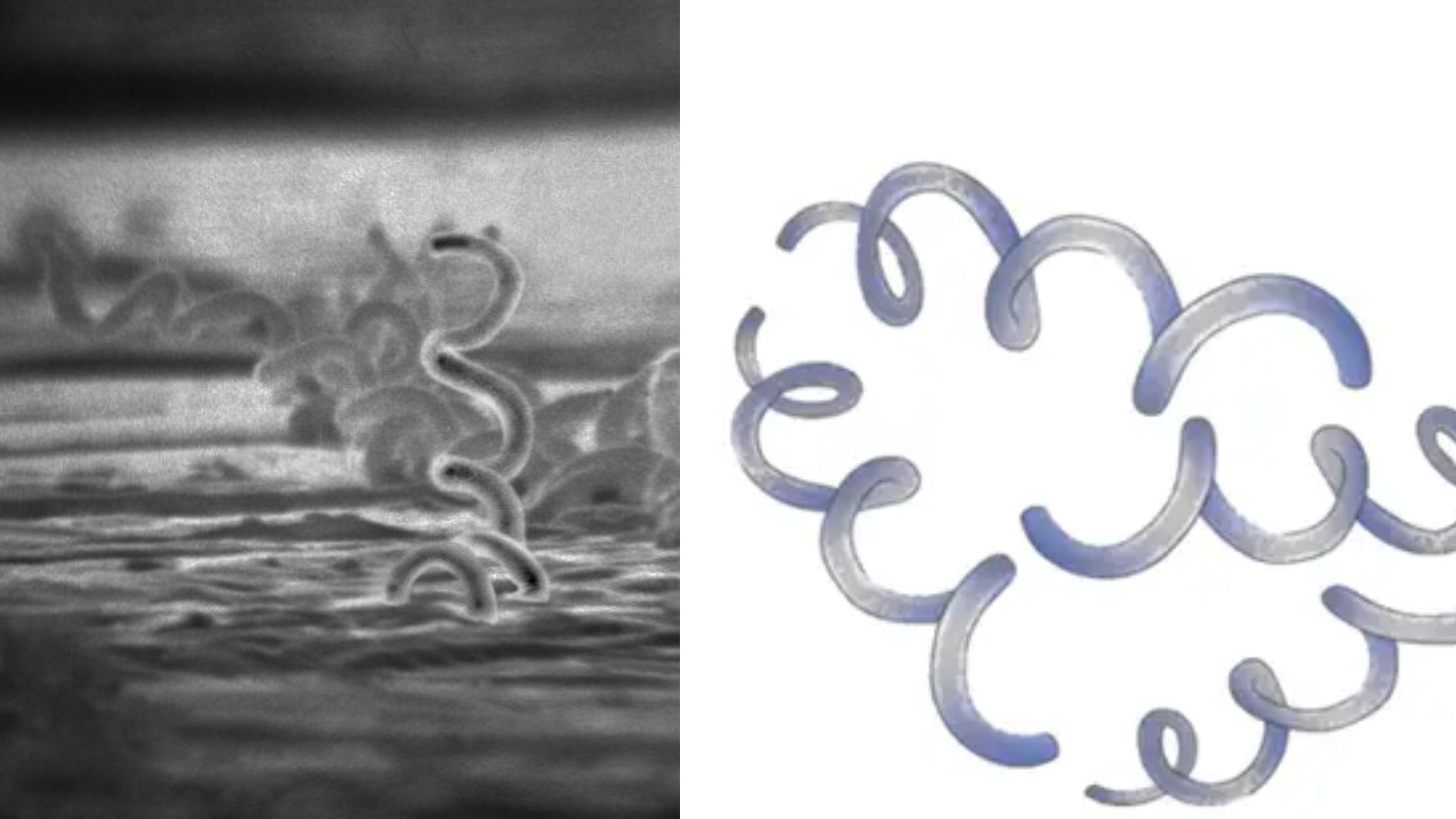Synchronous Culture – Definition, Methods, Application.
Synchronous culture Definition A synchronous or synchronized culture is a microbiological culture or a cell culture which contains the cells that are all in the same growth stage. Obtaining Synchronous culture There are present different method for obtaining a Synchronous culture such as; Application of Synchronous culture References
